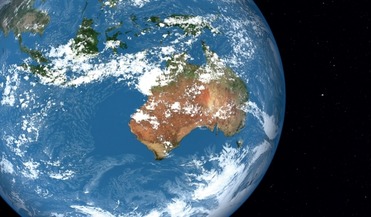 March 2015
A boom and a (possible) bust in small spacecraft production
March 2015
A boom and a (possible) bust in small spacecraft production
.... Thus, limitations on high-resolution data distribution are gradually being lifted, and licensing procedures for space activity are being simplified. Finally, university teams that eventually become microsatellite businesses are not very common...
 March 2016
Future space is challenge for international law
March 2016
Future space is challenge for international law
... forth in the present Treaty’. Nothing is said about the essence, scope, boundaries of and requirements for private space activities. However, the said Article VI also stipulates that states shall authorise and continuously supervise non-governmental...
 October 2017
Can Australia’s space industry overcome years of political setback?
October 2017
Can Australia’s space industry overcome years of political setback?
...as Mercury, Gemini and Apollo. Continued maintenance of these stations has contributed to the evolution of Australia’s role in international space activities. The 1960s were also defi ned by the Australian government’s ratifi cation of the 1967 Outer...
 May 2019
Active debris removal faces legal minefield
May 2019
Active debris removal faces legal minefield
... debris. First, the principle of non-intervention, as part of general international law, applies to outer space activities in virtue of Article III of the Outer Space Treaty (OST). What is more, according to sentence one of Article VIII of the OST...
 June 2019
The challenge of planetary protection
June 2019
The challenge of planetary protection
... compliance with the provision of planetary protection under Article IX. Importantly, state responsibility for national space activities performed by non-governmental entities (including private research institutes and the private industry sector...
 January 2020
Rule of law vital for humanity’s sustainability and survival
January 2020
Rule of law vital for humanity’s sustainability and survival
... and expand globally in the coming years. There are serious and feasible plans for a range of proposed space activities, from launching constellations of thousands of small satellites and operation of transportation systems for safe and convenient...